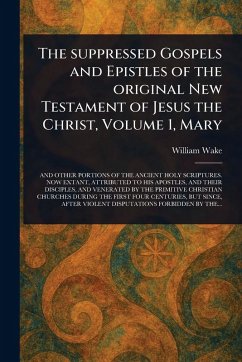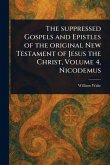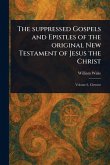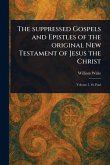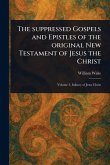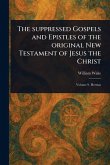Explore the hidden corners of early Christian history with "The Forbidden Books of the New Testament, Vol. 1: The Gospel of the Birth of Mary." This volume, part of a collection of apocryphal texts, offers a fascinating glimpse into religious beliefs and narratives circulating alongside the canonical New Testament. Edited by Archbishop William Wake, this meticulously prepared edition presents "The Gospel of the Birth of Mary," providing valuable insight into the stories and traditions surrounding Mary, the mother of Jesus. These apocryphal texts offer a unique perspective on Biblical history and early Christianity. While not included in the official canon, they shed light on the diverse theological viewpoints and cultural influences of the time. "The Gospel of Mary" and other apocryphal books offer perspectives outside of the accepted biblical canon, providing additional details and different viewpoints. This republication allows readers interested in religious texts, biblical studies, and the history of Christianity to examine these foundational documents firsthand. This work has been selected by scholars as being culturally important, and is part of the knowledge base of civilization as we know it. This work is in the public domain in the United States of America, and possibly other nations. Within the United States, you may freely copy and distribute this work, as no entity (individual or corporate) has a copyright on the body of the work. Scholars believe, and we concur, that this work is important enough to be preserved, reproduced, and made generally available to the public. We appreciate your support of the preservation process, and thank you for being an important part of keeping this knowledge alive and relevant.
Bitte wählen Sie Ihr Anliegen aus.
Rechnungen
Retourenschein anfordern
Bestellstatus
Storno

